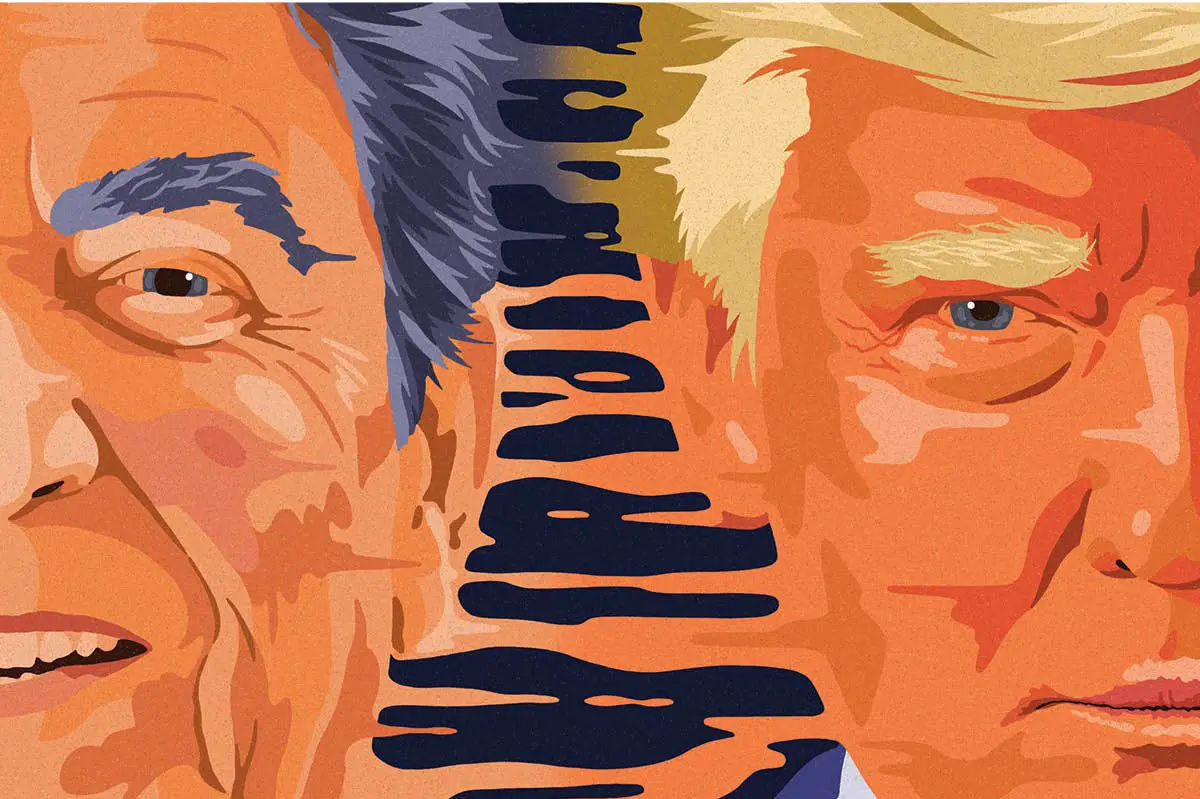The world of Kazuo Ishiguro’s new novel — let’s call it Ishville — is instantly recognizable. Our narrator Klara is arranging traumatic memories into comprehensible order. She is a robot, an Artificial Friend or AF, purchased as a companion for an ill teenager named Josie. Klara’s speaking voice, in a C-3PO-ish way, is endearingly off-kilter: ‘I was instructed to ensure against hanky-panky.’ ‘I’m sorry. It’s my error. I don’t understand yet the rules about forgiveness.’ There is no backstory explaining when the robots were invented, and no metaphors except the one shining in the title. When Klara has been bought, she wonders what emotions she might experience if she ever meets an old AF companion again. ‘Would I then feel… pain alongside my happiness?’ We’re in Ishville, so you can guess the answer.
Ishiguro is often compared to his fellow British Nobel laureate William Golding; both write allegories clothed with human stories. But Ishiguro’s novels, like Golding’s, work best when they prioritize characters over what they represent. If the butler Stevens in The Remains of the Day was a symbol of post-imperial decline, he was also a tragic figure in his own right; in Never Let Me Go, the revelation that humans are being harvested for organs was made more horrifying because we care about the young people affected. Ishiguro’s last novel, The Buried Giant, overdid the allegory with its mist of forgetfulness. Set in post-Roman England, its clunky prose and cod-Arthurian dialogue also exposed Ishiguro’s narrow writerly range. Here he returns to his comfort zone, where the textureless sentences and awkward dialogue are partly the point.
Klara and the Sun is about learning to love. Klara’s job is to watch Josie and absorb as much information as possible. (This is for a sinister purpose revealed about two-thirds of the way through the book and which I won’t disclose; it is enough to say that Ishiguro takes on contemporary artificial intelligence debates about whether it is possible to fully upload a human personality onto a machine.) But there is an accidental by-product of Klara’s task.
Through looking closely, she learns to have something like affection for Josie. She becomes obsessed with healing her, and thinks the secret is the love between her and her boyfriend Rick. Meanwhile, the family is oblivious to her growing humanness. ‘It must be nice to have no feelings,’ Josie’s mother tells her complacently. ‘I envy you.’ Klara replies: ‘I believe I have many feelings. The more I observe, the more feelings become. available to me.’
Like the Neanderthals in Golding’s The Inheritors, Klara forms ‘pictures’ in her mind rather than thoughts. Drones are ‘machine birds’, and when someone fiddles with the fluid in her head, her world woozily turns into shapes. Ishiguro sets us puzzles like this along the way, but, like a beginner’s crossword, nothing is especially hard to work out. He pulls off the authorial trick of having an unreliable narrator who helpfully includes all the necessary information at the appropriately dramatic moment.
The reader’s test is whether we can truly empathize with Klara rather than just feel a bit sorry for her. We need to meet the machine halfway. Ishiguro manages this cleverly — not by making her a super-intelligent cyborg, but by showing her flawed perspective and propensity for inventing fictions. This is where the Sun comes in. Klara is solar-powered and there are long descriptions of glowing orange sunlight. Near the start, she watches a beggar and his dog go to sleep at night and thinks they have died. (‘I felt sadness then.’) But the next day they are alive: ‘a special kind of nourishment from theSun had saved them’. The Sun becomes for Klara a kind of primitive god who can provide miraculous cures. A quasi-mystical scene in a sun-flooded barn sees her beg for Josie’s life. Her wish is granted — or so it seems.
The first 200 pages of Klara and the Sun can test the reader’s patience. Apart from an underdeveloped plot line about human gene editing, there isn’t much intrinsic drama, and the American setting doesn’t immerse you in the way the invented Japan did in A Pale View of Hills. The last 100 pages mostly redeem the novel. As with Ishiguro’s other books, it works on you without you quite realizing. But the danger of over-explanation is ever present. Humans are irreplaceable; memory preserves the lost; the pain of separation proves love exists. True enough, but it is rather spelled out.
Yet for novelists urgently scribbling dystopian sci-fi there is a salutary lesson: forget the political polemics; take a universal theme and treat it with intelligence and generosity. For even when Ishiguro is operating on autopilot, he is far ahead of his imitators.
This article was originally published in The Spectator’s April 2021 US edition.

























